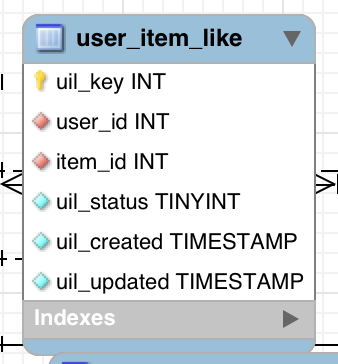I'm pretty sure Facebook does not store "like" information as how some other suggested it using RDBMS. With millions of users and possibly thousands of like, we're looking at thousands of rows to join here which would impact performance.
The best approach here is to append all "likes" in a single row. For example, a table with user_like_id column of text datatype. Then all id's who liked the post is appended. In this case, you only query one row and you got everything. This will be a lot faster than joining tables and getting counts.
EDIT: I haven't been here on this site lately and I just discovered this answer has been downvoted. Well, here's an example post with like count and their avatars. This is my design where I just implemented what I'm talking about.
The two components here are 1.) XREF table and 2.) JSON object.
The likes are still stored on a XREF table. But at the same time, data is appended on JSON object and stored on a text column on the post table.
Why did I store the likes info on a text column as JSON? So that there's no need to do db lookup/joins for the likes. If someone unlike the post, the JSON object is just updated.
Now I don't know why this answer is downvoted by some users here. This answer provides quick data retrieval. This is close to NoSQL approach which is how FB access data. In this case, there's no need for extra joins/lookup to get likes info.
And here's the table that holds the likes. It's just a simple XREF mapping between user and item table.
![enter image description here]()

